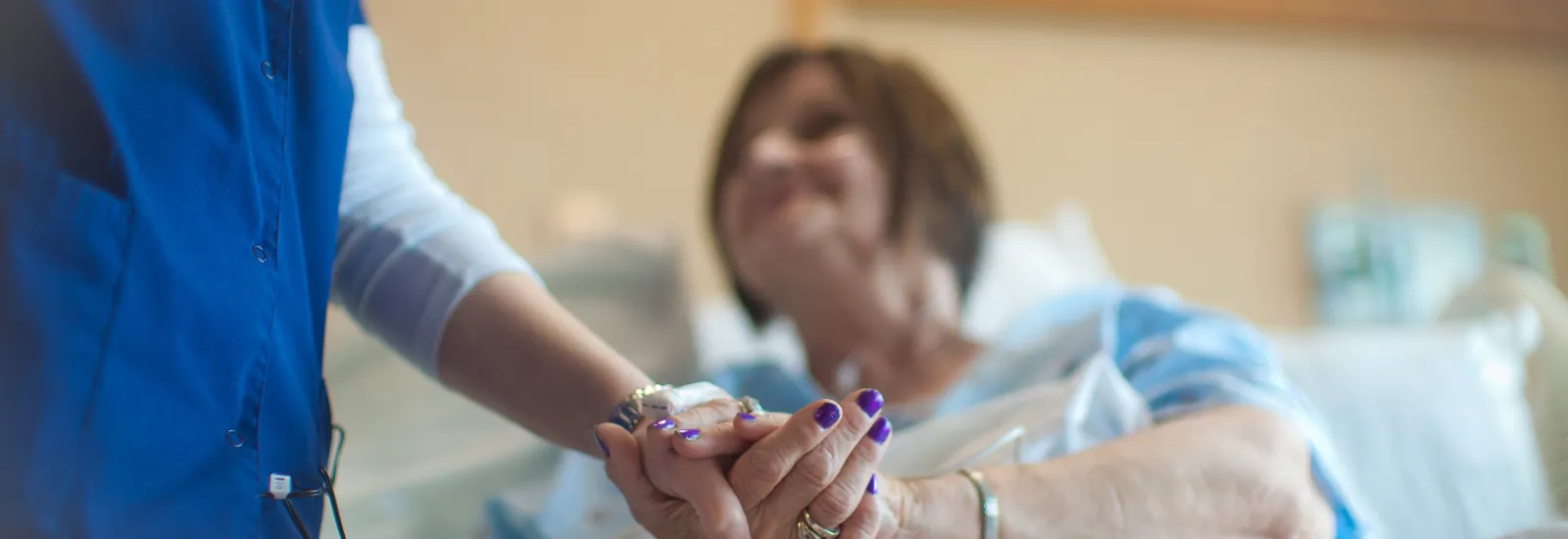
Varicose Veins
What are they?
 Varicose veins are enlarged veins that are swollen and raised above the surface of the skin, which occur due to a weakening in the vein's wall or valves. They can be dark purple or blue.
Varicose veins are enlarged veins that are swollen and raised above the surface of the skin, which occur due to a weakening in the vein's wall or valves. They can be dark purple or blue.
Overview
Veins are one-way valves that keep your blood flowing to the heart. If the valves are weak or damaged, blood can remain in the valves, causing swelling in the vein, which can lead to varicose veins.
- Large veins that are visible under the surface of your skin
- Mild swelling, discoloration or ulcers around your ankles
- Painful, achy, tender or heavy feelings in your legs
- Restless leg syndrome
- Throbbing or cramping in your legs
- Itchy legs, especially on the lower leg and ankle
- Discolored skin in the area around the varicose vein
Risk factors
Varicose Vein Risk Factors, which increase the risk of developing varicose veins and arteries, include:
Family History
If someone in your family has varicose veins, you are likely at risk of developing them sometime in your life. About half of all people with varicose veins have a family history of them.
Age
As the valves in your veins age, normal wear and tear causes them to weaken. The damage prevents the veins from working properly, causing varicose veins.
Gender
Women tend to develop varicose veins more often than men. Hormonal changes that occur throughout life can raise a woman's risk of developing varicose veins.
Pregnancy
During pregnancy, the extra weight of the growing baby puts pressure on the veins in the mother's legs. Varicose veins that occur during pregnancy may get better within three to 12 months post-delivery. If not, you should speak with your physician.
Weight
Being overweight can put extra pressure on your veins, and the extra strain can lead to varicose veins.
Lack of Movement
Standing or sitting for extended periods of time, especially with your legs bent or crossed, restricts blood flow and can increase your risk of developing varicose veins.
Treatments
We are able to use non-thermal based treatment of the saphenous veins using cyanoacrylate glue called venaseal. This allows the potential treatment of the entire length of the vein without the risk for nerve injury seen with other methods. This minimally invasive technique combined with microstab phlebectomy of bulging varicose veins with or without sclerotherapy of spider veins provides durable relief and an improved cosmetic result while simultaneously healing venous ulcers and preventing ulceration from developing.
Heat Ablation (laser or radiofrequency)
Varicose vein surgery is a fairly simple procedure that typically takes less than an hour. The doctor first numbs the area then places a catheter into the damaged vein. The doctor injects a numbing medicine so that the procedure should not be painful. The doctor makes a small cut into the skin and guides it towards the damaged vein. A fiber is inserted into the catheter and heats up the length of the vein, causing the vein to close up and eventually shrink.
Sclerotherapy
Sclerotherapy is a medical procedure that involves injecting a solution directly into the damaged vein. The solution irritates the lining of the blood vessel, and over time, the vessel turns into scar tissue and fades away. This procedure has proven effective since the 1930s.
Varicose Vein stripping is no longer the standard of care for the treatment of varicose veins.
The team at the Reid Vein Center are recognized as leaders within their field and perform many surgical procedures for patients with uncomfortable and unsightly veins, such as Ambulatory Phlebectomy, Endovenous Laser Therapy (EVLT), VNUS Closure® (endovenous radiofrequency ablation), Venaseal and Sclerotherapy.


